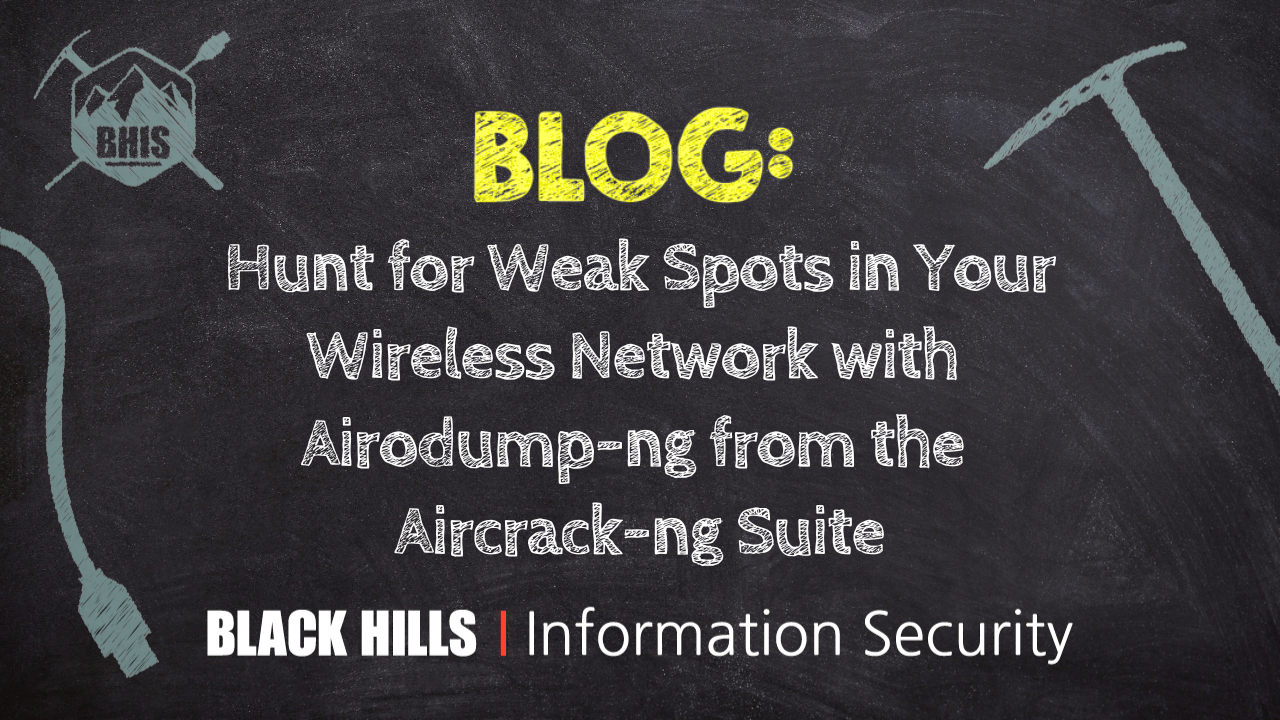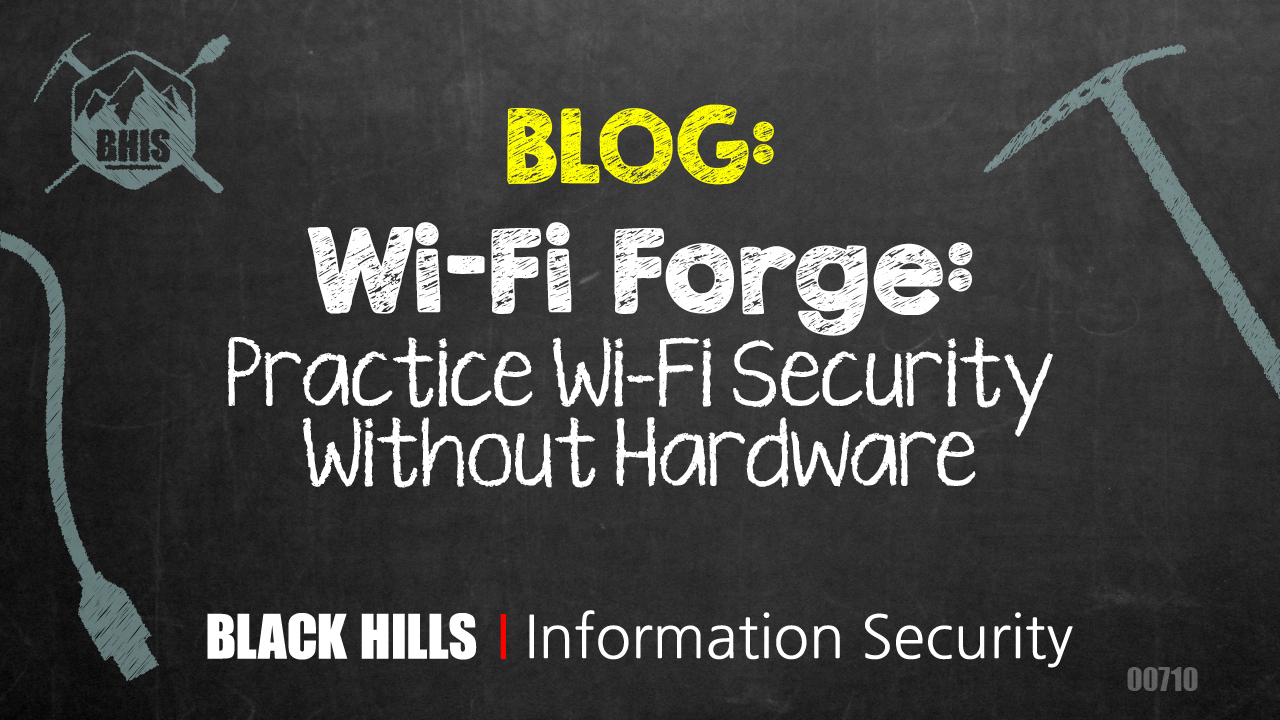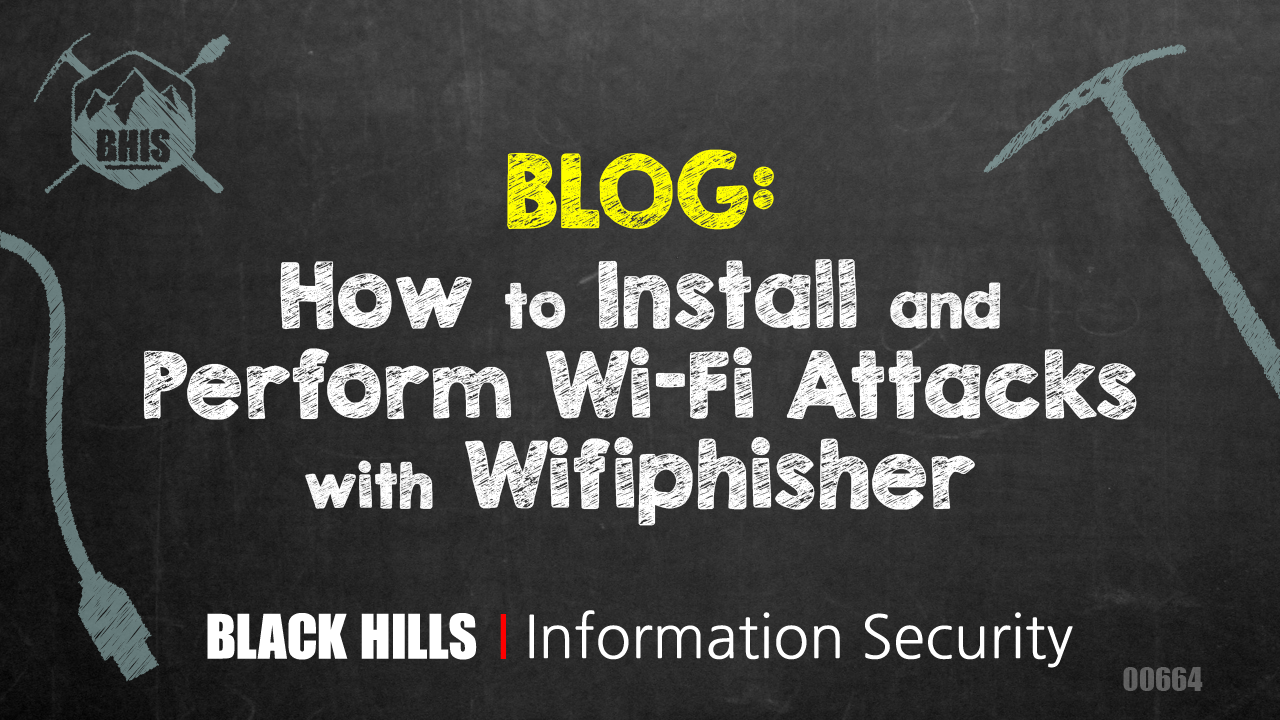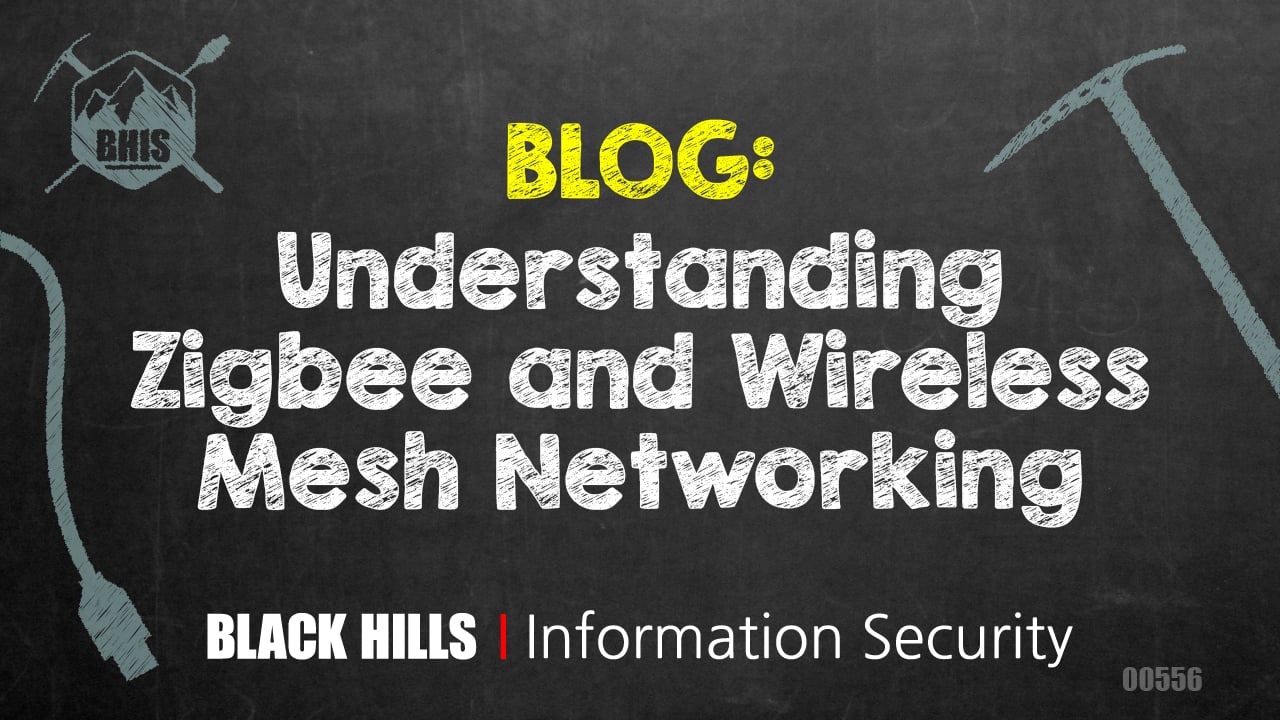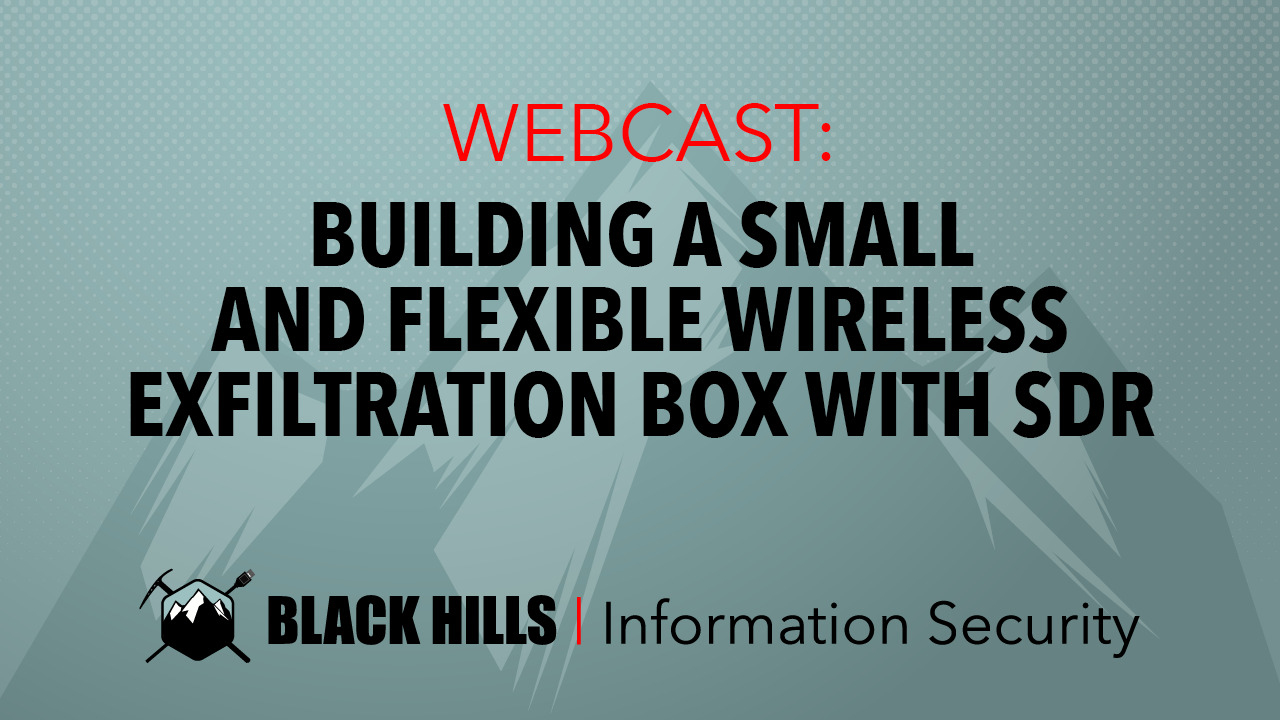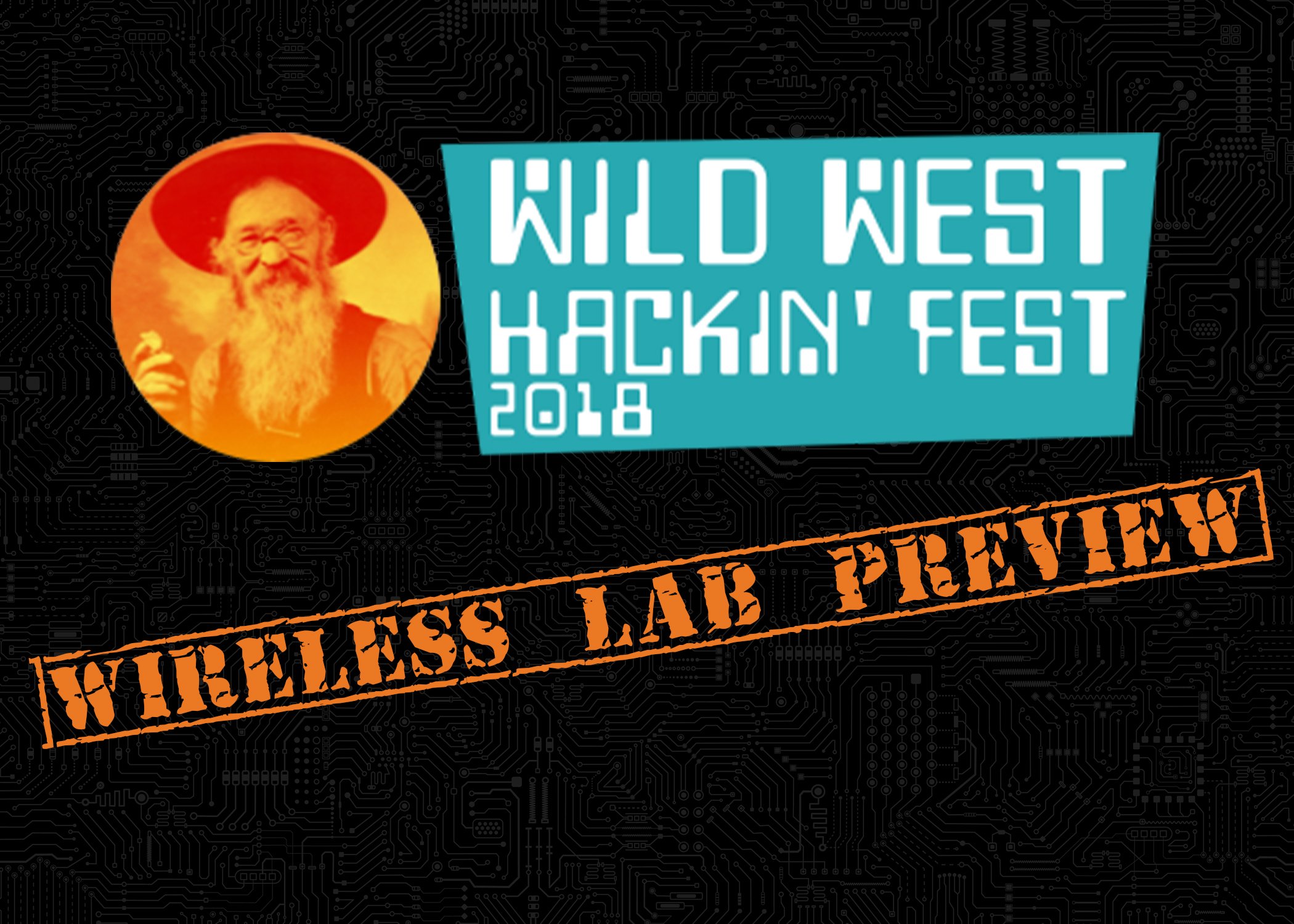Dish's parent company EchoStar is selling $23 billion worth of 5G spectrum licenses to AT&T and shifting Boost Mobile onto AT&T and T-Mobile networks, effectively abandoning its bid to become the fourth major U.S. wireless carrier. The Verge reports: As part of T-Mobile's deal to acquire Sprint in 2019, the Department of Justice stipulated that another company must replace it as the fourth major wireless carrier. Dish came forward to acquire Boost Mobile from Sprint, paying $1.4 billion to purchase the budget carrier and other prepaid assets. Since then, Dish has spent billions acquiring spectrum to build out its own 5G network, which the company said was close to reaching 80 percent of the US population as of last year, in line with the Federal Communications Commission's deadline to meet certain coverage requirements.
But Dish struggled to repay mounting debt, leading it to rejoin EchoStar, the company it originally spun off from in 2008. And at the same time, it came under renewed pressure from the FCC to make use of its spectrum. In April, the Elon Musk-owned SpaceX wrote a letter to the FCC saying EchoStar "barely uses" the AWS-4 (2GHz) spectrum band for satellite connectivity. Weeks later, FCC chair Brendan Carr opened an investigation into EchoStar's 5G expansion, criticizing the company's slow buildout and claiming that it had lost Boost Mobile customers since its acquisition of the carrier. Carr also questioned EchoStar's use of the AWS-4 spectrum, which isn't included in its deal with AT&T.
In July, Carr said that he's not concerned with having a fourth mobile provider, saying during an open meeting that there isn't a "magic number" of carriers needed in the US to maintain competition. "We're always looking at a confluence of different factors to make sure that there's sufficient competition," he said, as reported by Fierce Network. Now, EchoStar will become a hybrid mobile network operator, which is a carrier that operates on its own network, in addition to using other companies' infrastructure. As noted in the press release, Boost Mobile will provide connectivity through AT&T towers and the T-Mobile network. "This ensures the survival of Boost Mobile," [said Roger Entner, founder and lead analyst at Recon Analytics]. "It gives them money, but at the end, they don't have much of a network left."


Read more of this story at Slashdot.
